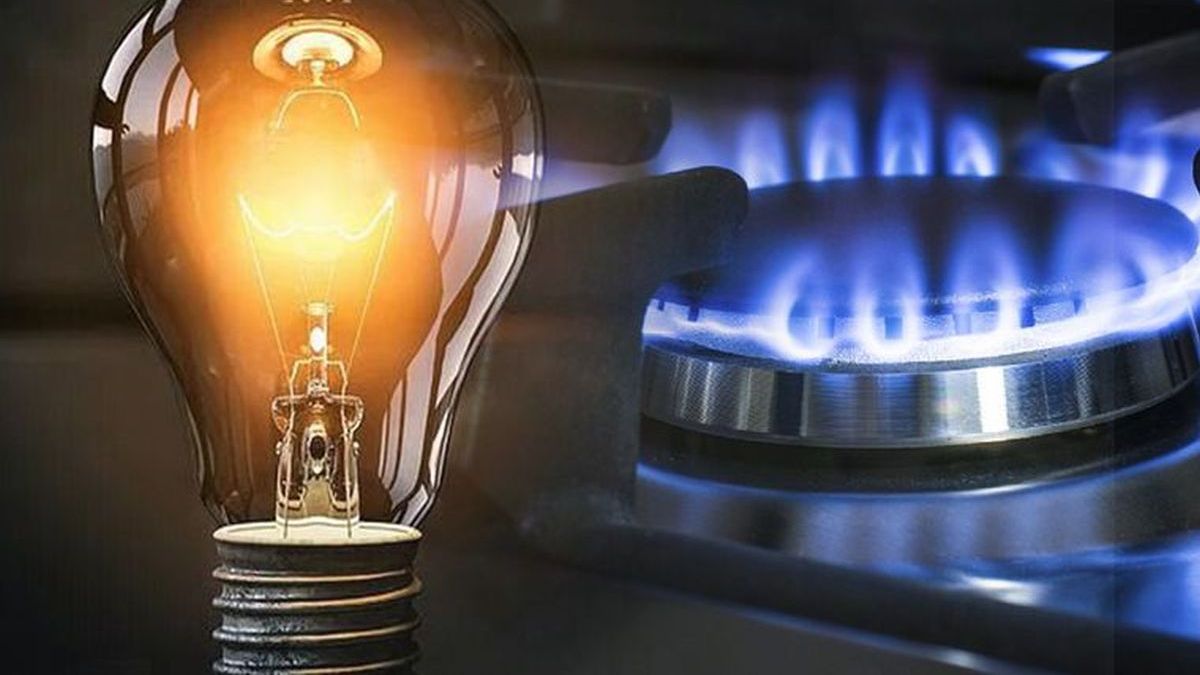The IMF calls for raising electricity rates on September 1. If not, the subsidies could increase by $70 billion. Economy does not rule out a freeze.
The Government analyzes what to do with electricity and gas rates. The 22% devaluation of the official exchange rate implied a generation cost increase of about 10%which, if not transferred to users, could imply an extra outlay of subsidies of $70,000 million. Meanwhile, the International Monetary Fund (IMF) claimed as “priority action” an imminent rate hike by the end of August. But in the Ministry of Economy, headed by the minister and candidate Sergio Massait is not ruled out for these hours to add the rates to the freezing that the transport will have.
The content you want to access is exclusive to subscribers.
the in staff reports Drafted by the IMF after the approval of the fifth and sixth revision of the agreement, the fund makes available reduction of energy subsidies as one of the main measures to maintain the fiscal deficit target at 1.9% of GDP in 2023. “Although tariffs increased in August after the July resolution, greater efforts will still be required to align them with the higher production costs after the devaluation,” he says The document.


“The authorities will announce the decision (priority action) to adjust electricity prices through a proposed resolution by the end of August and to take effect on the first of September”, adds the report. In addition to the deadlines, the IMF claims that the increases are also for “low- and medium-income users, and for smaller commercial users, in line with what is established in the agreed cost recovery objectives.” Regarding high-income users, it indicates that their rates will continue to evolve in line with costs.
As far as he could find out Ambitthe post-primary devaluation implied a 10% generation cost increase, due to dollarized components. Until the exchange jump, high-income users, who appear in the category called N1, paid 100% of the cost of energy. For this reason, the Secretary of Energy, Flavia Royonhad said in repeated radio interviews that progress was being made in an adjustment in the N1 rates to sustain this dynamic. “The policy is to continue accompanying the middle class and low-income sectors,” he had said the week after the election.
However, at this time the official response from the Ministry of Energy is that “there is no definition”. The final decision will be made by Massa, beyond what the IMF indicates, they commented at the Palacio de Hacienda. They recalled that the removal of subsidies according to the IMF had to be done on January 1st, and it ended up being carried out in May. A price freeze is not ruled out, as will be done in buses and trains. Distributors consulted by Ámbito assured that they do not have information on the future of prices.
An increase in wholesale energy prices as a result of the devaluation implies that the final bills in the AMBA they should go up 7% at all levelsestimated Julian Red, economist expert in energy issues. Regarding the possible scenarios that could occur, he explained: “If they decided to increase only the N1 to bring them down to cost, there would be an increase in subsidies. If the combination were to increase N1 and N3, and freeze N2, N3 would have to be increased enough to compensate for the non-increase in N2. That’s why, you would have an increase in the final invoice of more than 15% in the N3 and 7% in the N1, that already with that they reach the costs ”, he added. Finally, if the State fully absorbed the exchange rate jump, energy subsidies would increase by $70,000 million until the end of the year, according to research carried out by the IIEP-UBA-Conicet Rate Observatory.
The IMF assured in the staff reports that they discussed with the authorities “the need to improve and align natural gas prices with changes in production costs during the rest of the year and revisit it at the next review.” In the case of gas, not even those with the highest income pay all the costs: the N1 cover 51% of the PIST prices, the N3 19% and the N2 15%, according to the work of the IIEP.
Source: Ambito




